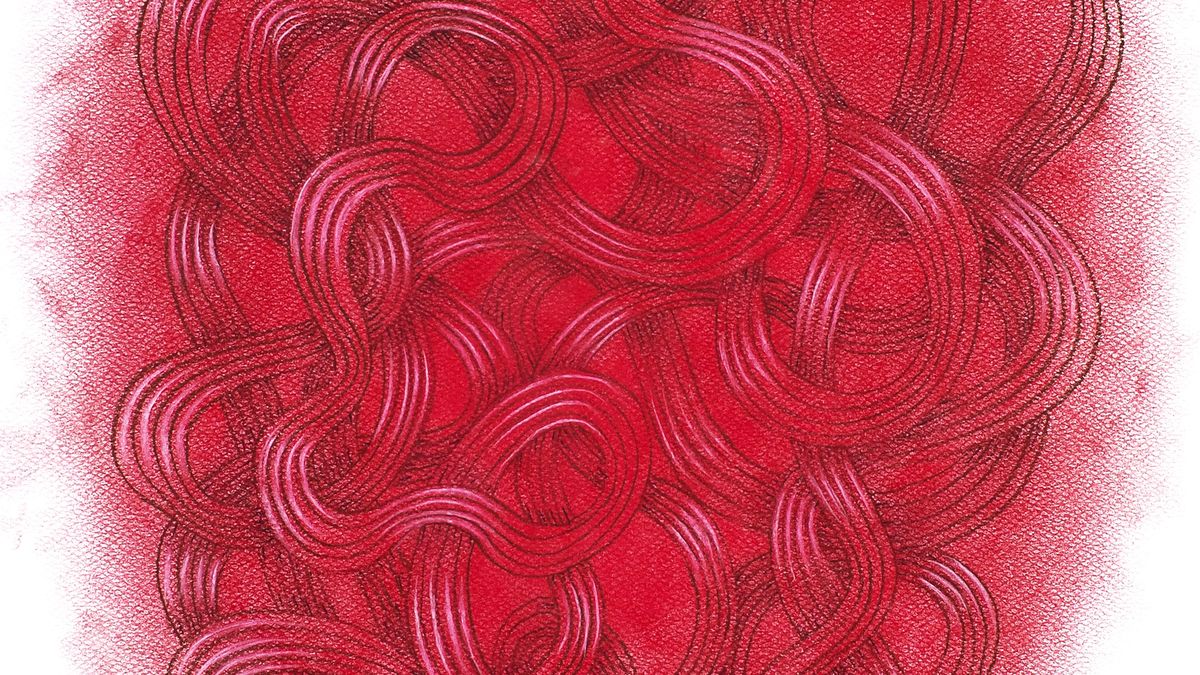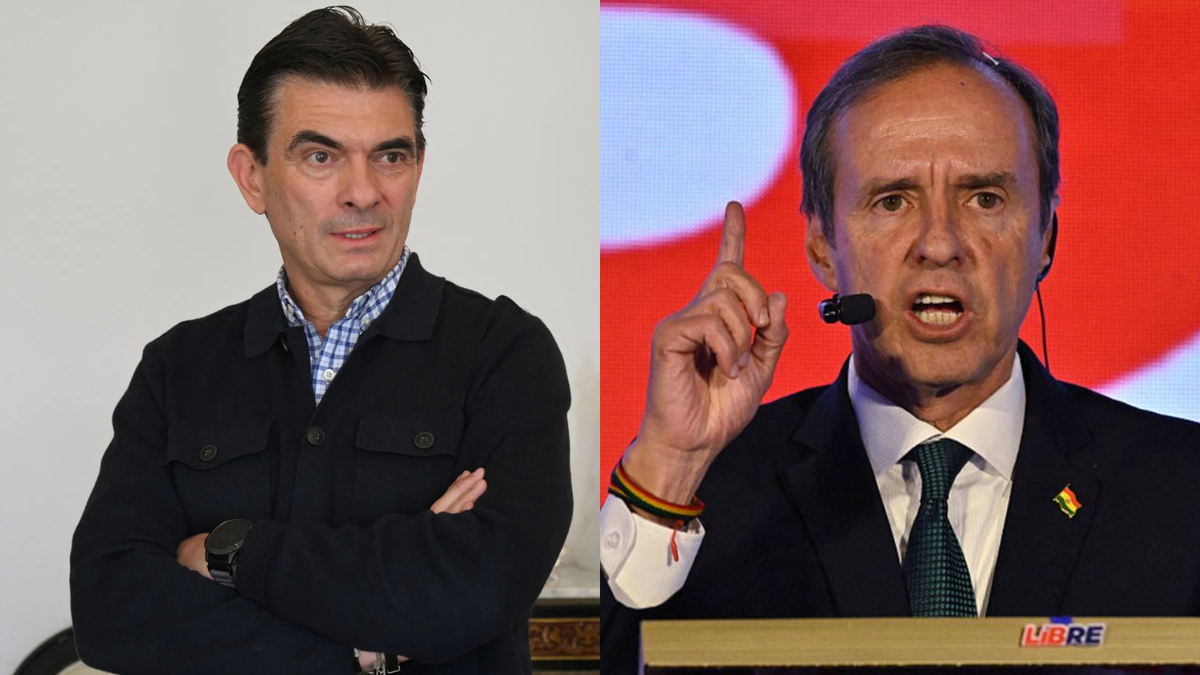The Ruth Benzacar gallery presents the new exhibition of Ernesto Ballesteros (1963), “There is no beginning”. This is how it is
The Ruth Benzacar gallery presents the new exhibition of Ernesto Ballesteros (1963), “There is no beginning”in lowercase. This is the name of the extensive series of drawings made with pastel that stands out for its evident beauty and close relationship with the visual imagery of science.
Beauty has occupied various places in the history of art. From being an essential value, whose attractiveness placed the works that display it at a supreme level of admiration, to the point of procuring the greatest emotion in the spectators, as occurs with Sandro Botticelli among other Renaissance artists; until it was disdained and set aside. A situation that became more pronounced from the avant-garde onwards. In times of war and the interwar period, art began to pursue interests that aspired to transcend beauty. Since then, social or political content, among other issues, barely left room for enjoying the pleasure of some sublime moments.
If we analyze the production of Ballesteros Linked to conceptualism, it is possible to discover that rare splendor that beauty gives. However, one also notices the artist’s indifference to his own gift, that undeniable virtuosity. It is easy to perceive his scale of values. In his works, beauty is by no means exalted, but when it appears, as in this case, it is not hidden either.
There are drawings in the exhibition inspired by the waves of Leonardo. The red lines run fluidly tracing curves and counter-curves, the lights and shadows seem to transport the energy that explains the meaning of the title of the exhibition, “There is no beginning.” Ballesteros He clarifies this and also speaks about desire: “Specifically, the desire to make these works was born from the concentrated observation of the wonderful work of Odilon Redon, and from Leonardo Da Vinci’s attempt to draw the flows of air and water. The result of these pastels was, in a way that offers no proof, that there is no beginning.”.
The use of pastel as a working material could not be more appropriate. To the splendorous beauty of color and form, the material adds the ethereal quality of the famous sfumato Leonardo. The Renaissance genius studied the mechanisms of direct perception, based on the anatomy of the eye and, on the other hand, analyzed “the properties that are observed due to our elements of judgment, where the emotions and sensations generated by the perceived forms come into play.”.
With this last appreciation of the double function of art, just as in the oval and circular drawings, the limits of time and the beginning or end of things disappear. With the freedom that characterizes him, Ballesteros It presents the passages from a macroscopic world to a microscopic one, looks at the universe with a telescope and with the same comfort uses the microscope lens.
These works bring back memories of the surprising and unexpected exhibition of photographs from the series “Light source covered”, landscapes where black circles superimposed on street lights cause strange eclipses.
Taken from 2001 onwards, the photographs were first exhibited at the Borges Cultural Centre in 2003, in an almost intimate exhibition. More than a decade later, the image of the Planetarium with its eclipses was featured on the cover of the catalogue of a major exhibition at the Maison Rouge in Paris.
Ballesteros describes his own work: “Light sources basically blind us, and when this happens, it becomes difficult for us to see what is around them. […] I began by covering up the light sources in my photographs so that the intricate and faint shapes of nebulas, galaxies or interstellar dust can be seen.” After analysing the optical phenomenon, the artist addresses an emotional issue. “The same feeling of immense loneliness that was produced by seeing a starless night sky was produced by seeing a city at night with all its light sources covered.”.
Known for the rarity of his invisible drawings, the long lines he drew with a graphite pencil, exerting minimal pressure on the support. Ballesteros He kept his aeromodelling performances almost secret for many years, “Indoor flights”The artist himself creates and propels the flight of the planes that weigh less than a gram. The lightness of the weight determines the maximum slowness of the flight. The gliders seem to follow the trajectory and erratic nature of these almost imperceptible drawings. And the performance is a dance.
In 2015, visitors to the Venice Biennale fell in love with the little planes hovering in the still air of the former Arsenal. The artist did not say a word, but the viewer notices the silence and poetry of this immaterial feat. The poet and editor Carlos Garamona describes the current exhibition and its veiled reference to the invisible drawings can be read as a tribute.
“You only had to concentrate your imagination for the craziest inventions of the spirit to come to life. At first it was a secret among scientists. And then it moved into the more blurred realm of art. In Argentina, Ernesto Ballesteros immersed himself in these theories that mixed old alchemy manuals with quantum physics and automatism. The story is well known. He had to overcome immense distances with his pencil…”.
The gallery owner Orly Benzacar announced a performance for Saturday afternoon “Inner flight”.
Source: Ambito
I am an author and journalist who has worked in the entertainment industry for over a decade. I currently work as a news editor at a major news website, and my focus is on covering the latest trends in entertainment. I also write occasional pieces for other outlets, and have authored two books about the entertainment industry.




